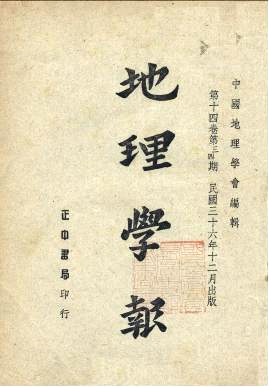Chen Lu, S.P.Chen, M.K.Soong, P.C.Huang
The Kunming Lake, with an area of 324 sq, km, during its flood water time, is the largest lake in Eastern Yunnan. More than twenty streams from the surrounding mountains empty into the lake which is drained by the Tang-Lapg River to the upper Yangtze. Around the Kunmina Lake is an extensive basin covering an area of 1,300 sq. km. On the Tang-Lang Rivers there are smaller basin of An-Nino and Fu-Ming, both with an area of about 100 sq. km. These''basins are similar in ibpography and geology, In each basin, three distinct belts may be distinguished(Fig. 1): (1)The rim is formed by high rots. of limestone and basalt rising to 2,500 m. above the sea level and with a relative,height of about 600 m. (2) The main part of the basin consists of alluvial plain deposited by rivers from surrounding mountains. The alluvial plain of the Kunming Lake Basin is at 1,890 m., An-Ning Basin at 1,800,m., and Fu-Ming Basin at 1,680 m. As high mts. descend close to the western side of the Kunminn Lake, the alluviual plain is most extensive on the East of the Lake where many deltas are formed by streams.
